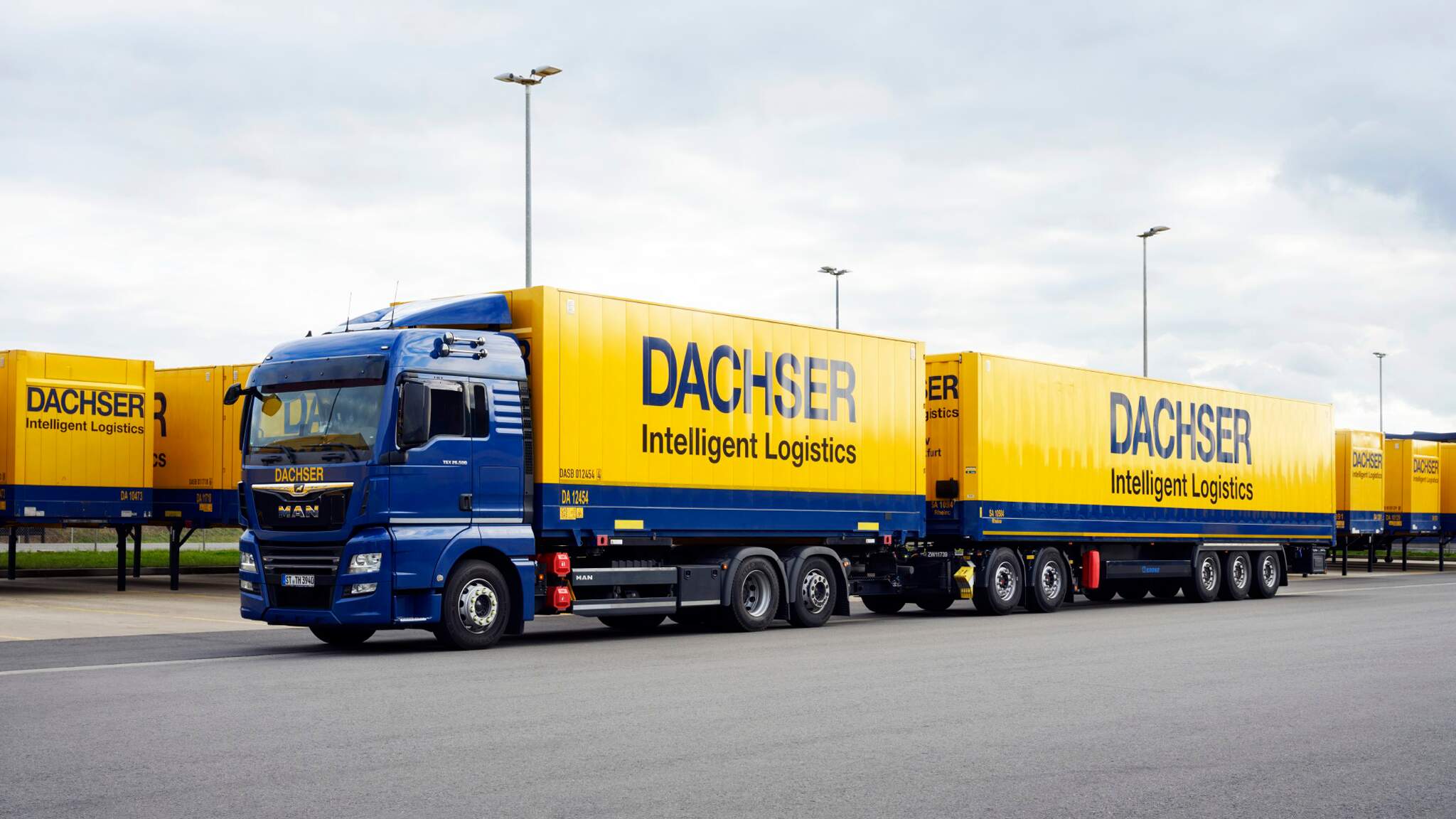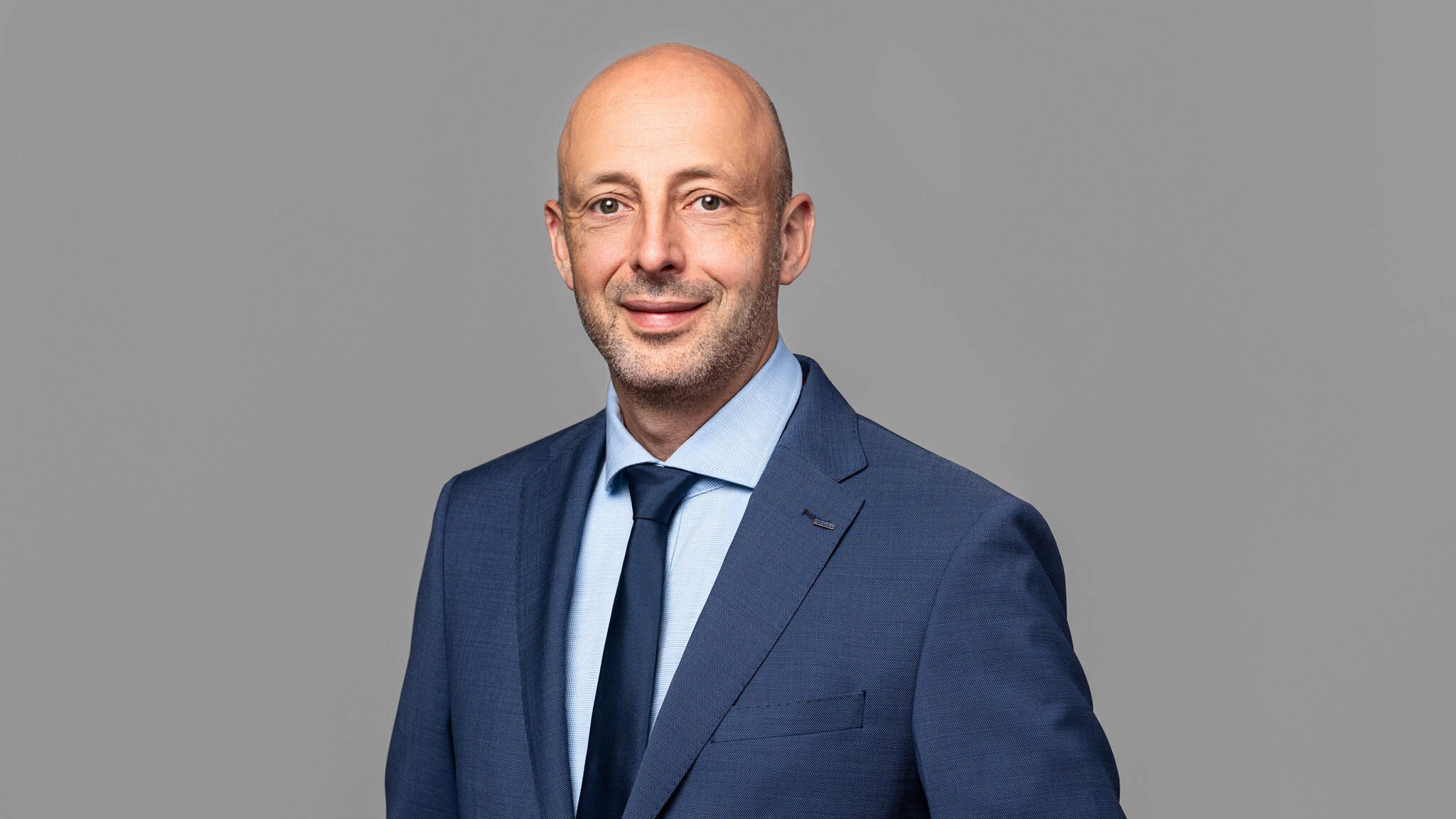More efficiency, more climate protection

With its focus on efficiency, innovation, and inclusive responsibility, DACHSER is creating the conditions for a more sustainable kind of logistics. Andre Kranke, Head of Corporate Research & Development and head of the Climate Protection project at DACHSER, discusses the importance of intelligent transport concepts for the logistics company.
You take the issues of innovation and climate protection very seriously, including the aspect of efficiency. For example, for a long time you have been switching your transit terminals and warehouses completely over to LED lighting, and across Europe you are upgrading your industrial trucks to lithium-ion technology. Can you explain why efficiency plays such a large role in your climate strategy?
Efficiency is a major issue in logistics in general, and one that we have been committed to for a long time. That’s why it also plays an important role in our climate strategy. After all, efficient logistics is climate-friendly by definition; for example, preventing empty runs means that fewer trucks are on the road. At DACHSER, we’ve also been using double-deck loading for several years now, which significantly increases utilization of volume capacity. This is not a completely new technology, but it is an important building block for avoiding significant quantities of greenhouse gases in transport.
Another option for transporting freight more efficiently and cutting CO2 emissions are longer combination vehicles. Is that true?
Yes, precisely because they are efficient. Where legally possible and economically justifiable, we have been using longer combination vehicles of various types in different countries for several years now. In Germany, we are currently testing the use of extended semi-trailers for food transport. And for regular cross-border services between Germany and the Netherlands, two type 3 longer combination vehicles have been in use since 2021. Here, the switch from conventional vehicle concepts to the longer combination alone saves 124 trips a year. That’s 60,750 kilometers not driven, 20,000 liters of diesel saved, and therefore a reduction in greenhouse gases of around 63 metric tons. This is a measure that is usually economically viable, practical, and can be implemented quickly.
However, the conditions for the use of longer combination vehicles are not yet optimal or have not been definitively clarified. Ideally, such vehicles would be considered independently of transport policy ideology, and European lawmakers could provide even more support for their potential to reduce greenhouse gases in the short term. The role longer combination vehicles play in energy efficiency will remain important in the future, because even zero‑emission vehicles with electric drives should use green electricity sparingly.
We understand that DACHSER also plans to use significantly more mega trailers in the future in order to be even more efficient for customers on the road.
Yes, and also reduce CO2 in the process. The mega trailers, also known as lowliners, have the same length and width but more depth, increasing the amount of cargo space. They therefore have greater fuel economy than standard trailers, and so are particularly suitable for high-volume transports. This optimizes capacity utilization and at the same time improves the carbon footprint of the transports—logistical efficiency par excellence. We aim to complete the conversion to around 680 new mega trailers in Germany by 2027, and we also want to have made good progress at the European level by then.

Andre Kranke is Head of Corporate Research & Development and Project Manager Climate Protection at DACHSER
In addition to innovation and efficiency, DACHSER counts inclusive responsibility among the cornerstones of its climate protection strategy. What’s the story behind this third pillar?
Inclusive responsibility is one of DACHSER’s core values. It is essential for all employees and at many points throughout our business activities. When it comes to climate protection, inclusive responsibility is evident in several places. For example, our internal calculations include not only the carbon emissions of our own facilities and vehicles—referred to in the trade as Scope 1 and Scope 2—but we also consider ourselves responsible for the greenhouse gases emitted by our transport partners on land, at sea, and in the air. These Scope 3 emissions are also part of our carbon footprint, even if we are not always in a position to actively influence them ourselves. Just think of the emissions from cargo planes or container ships.
Could you name other examples of inclusive responsibility?
Yes, a few. One is our commitment to sustainable development outside our business model. Since 2005, for instance, we have been supporting projects run by the children’s charity terre des hommes in South Asia, Latin America, and southern Africa. We also want to promote similar partnerships and projects in the area of climate protection and are currently examining various options here.
Exciting times! But aren’t there still huge hurdles to overcome before we can achieve net zero emissions in logistics?
Yes, but we at DACHSER have set out to remove these hurdles one by one.
Thank you for this interesting interview.
In the first part of the interview, read how DACHSER is also contributing to climate protection by using 100% renewable energy.
